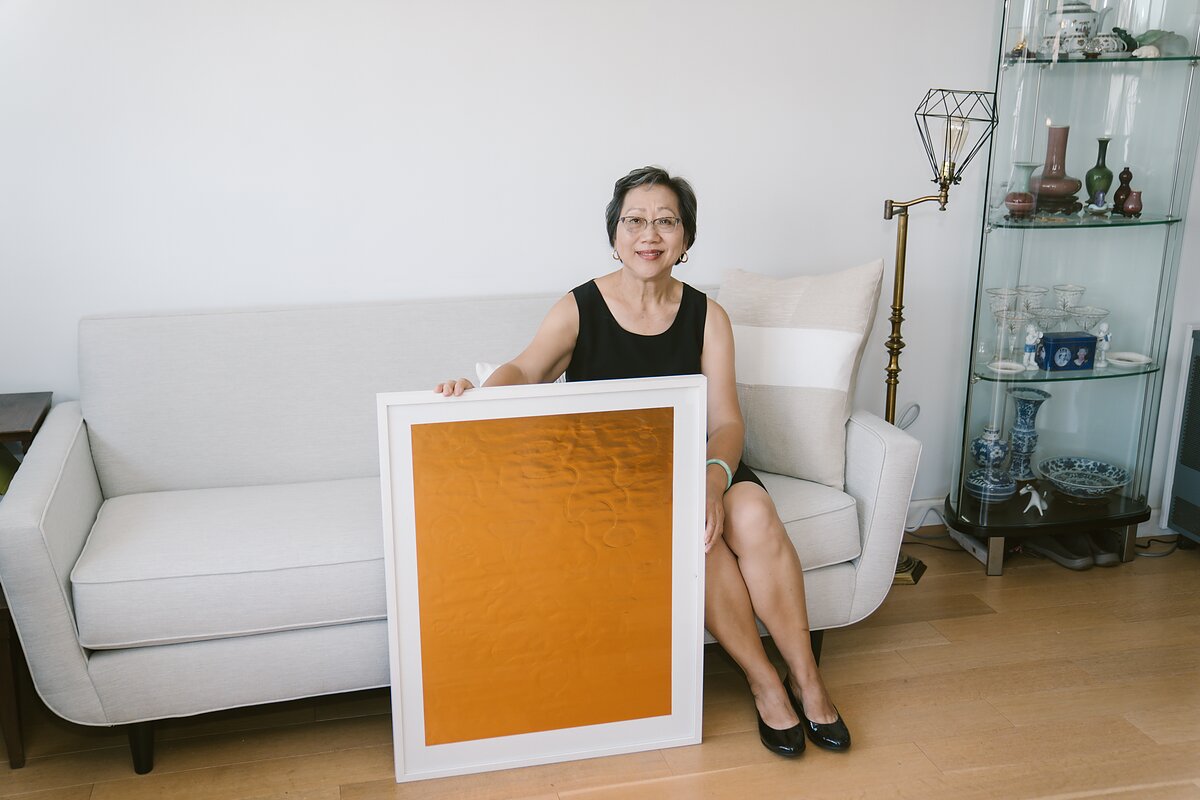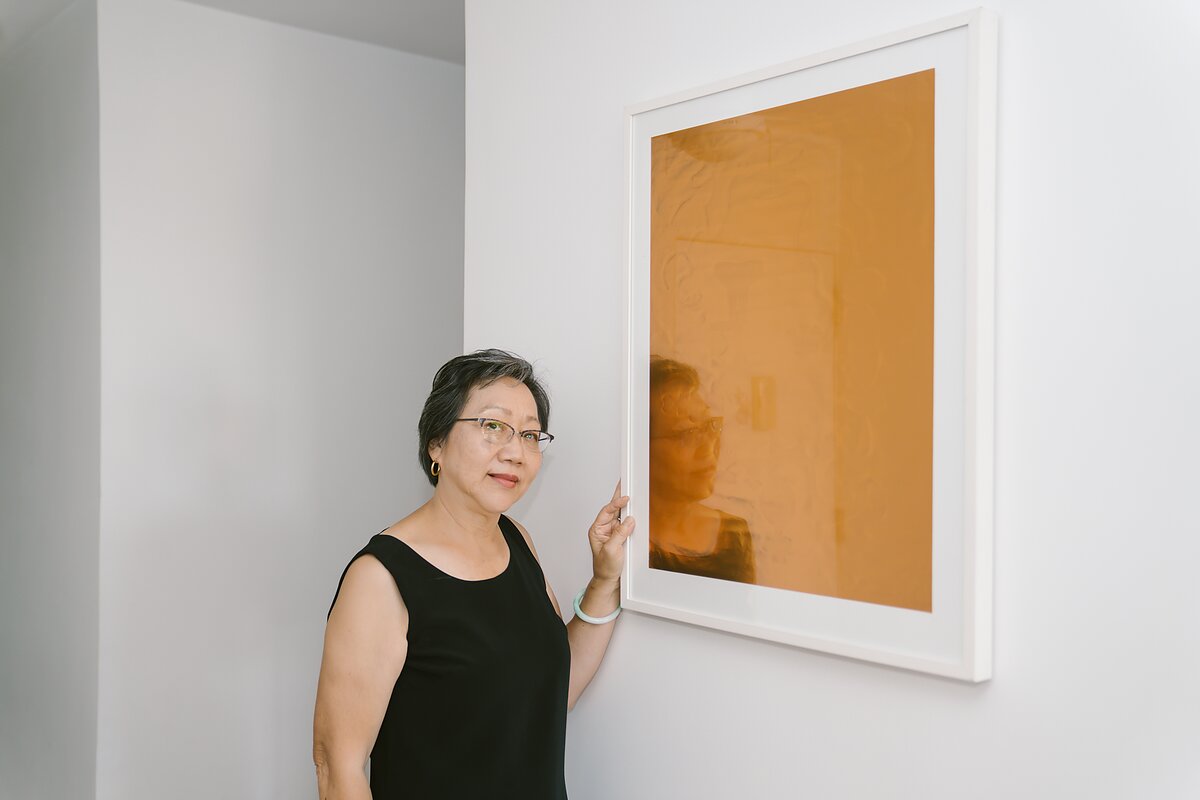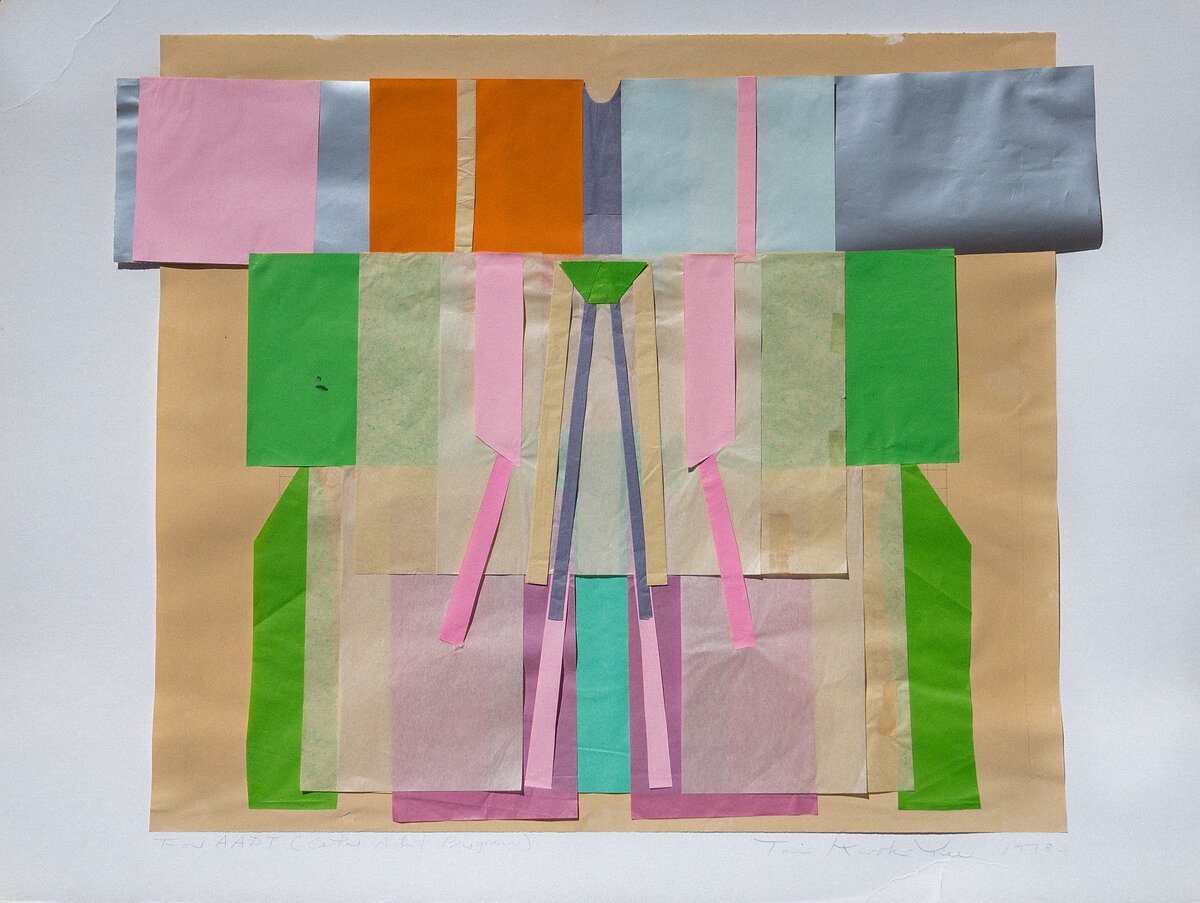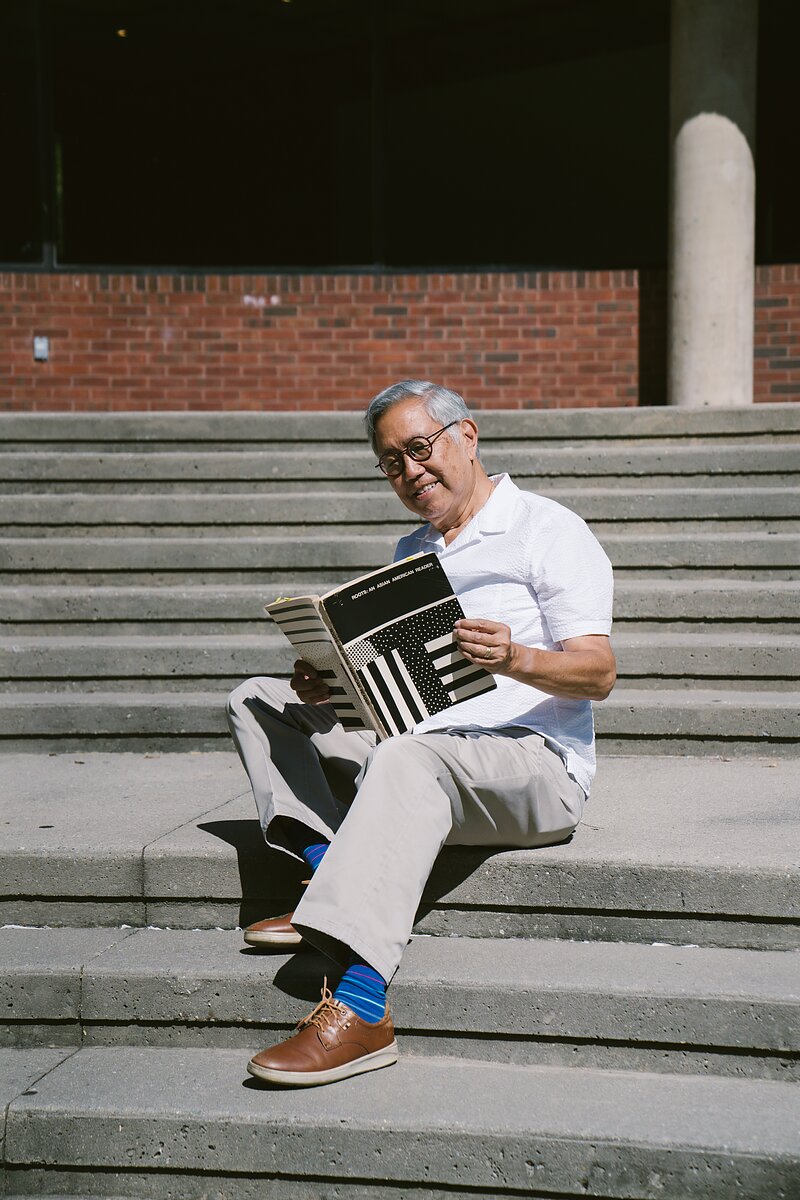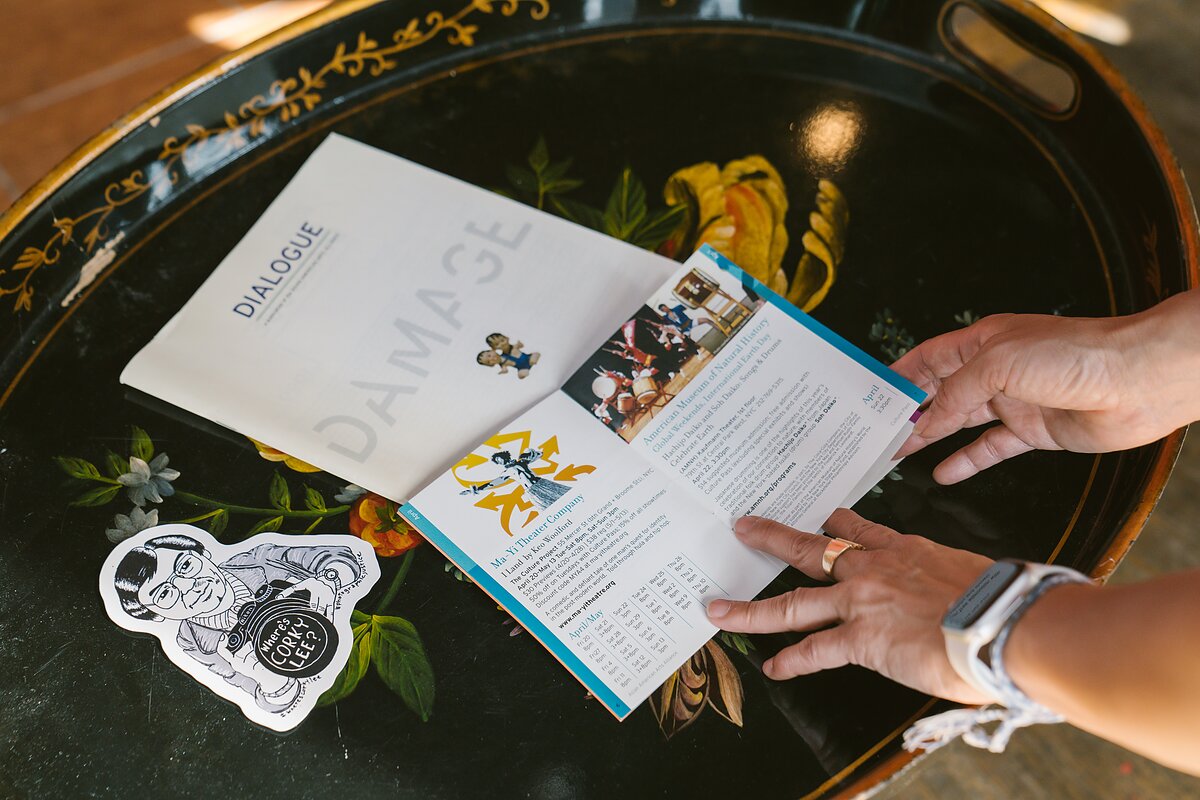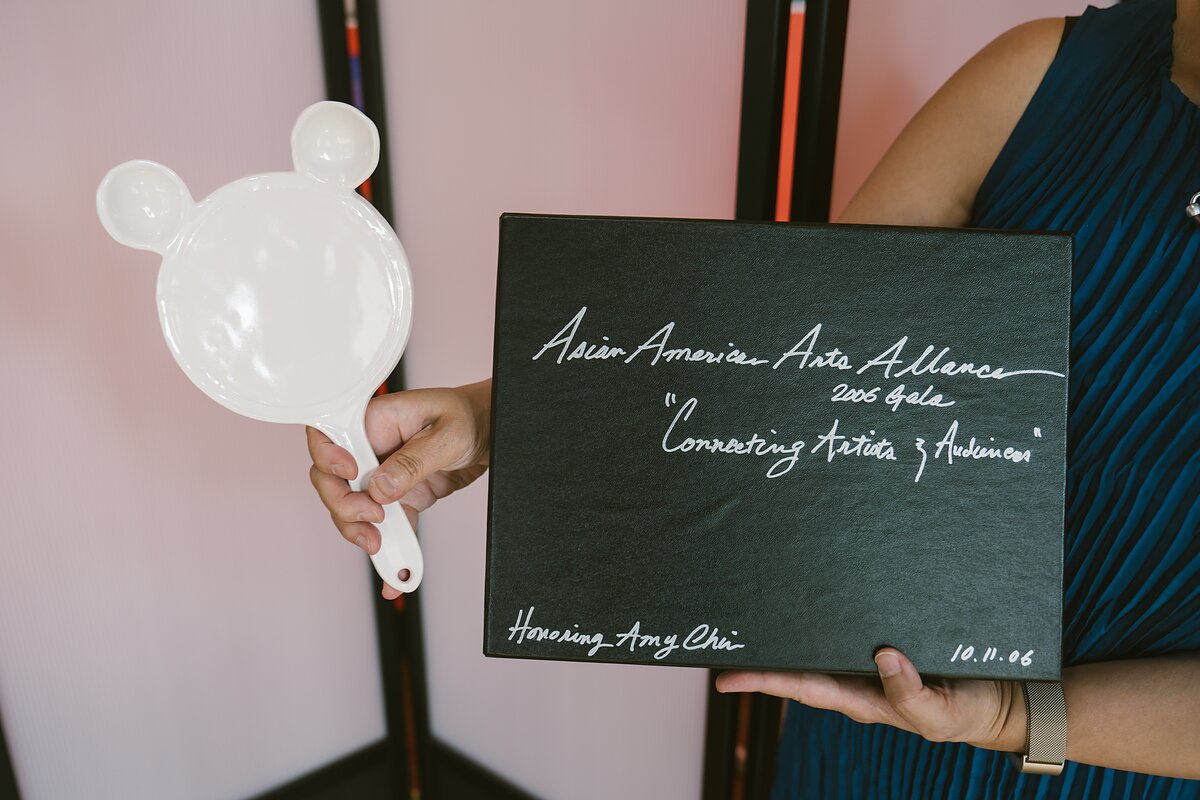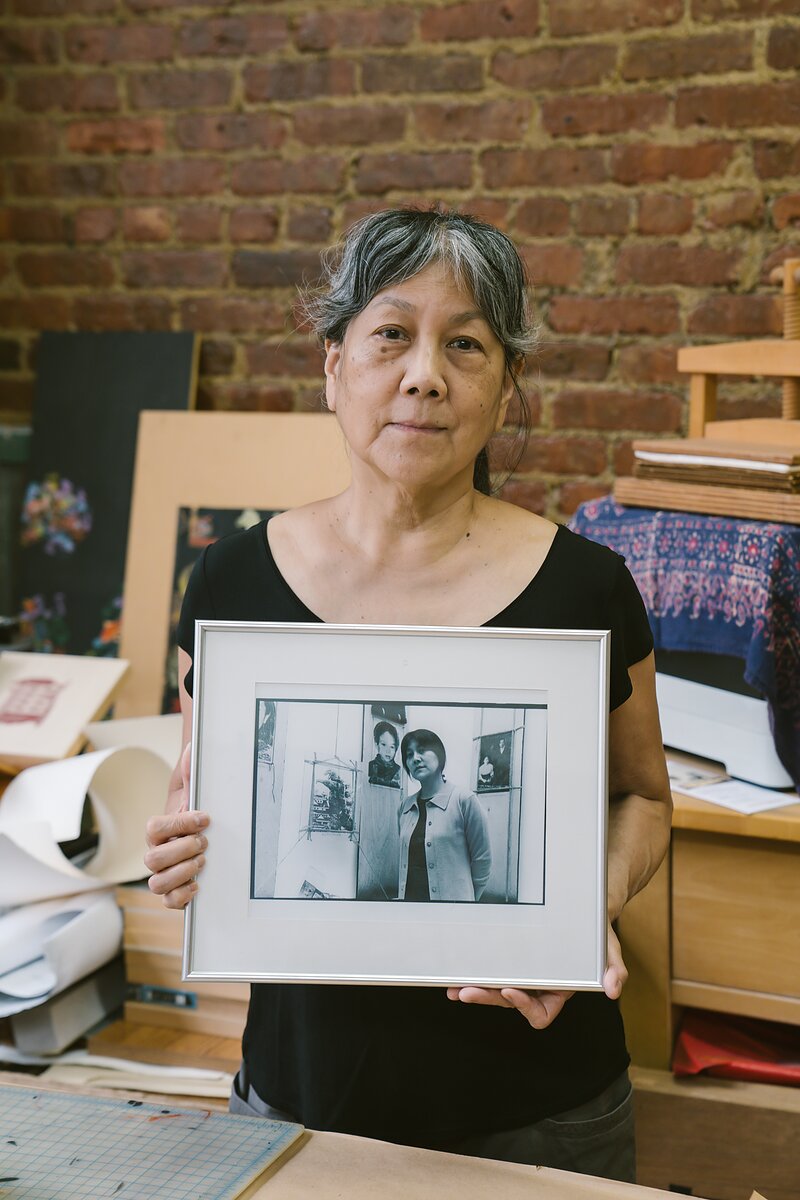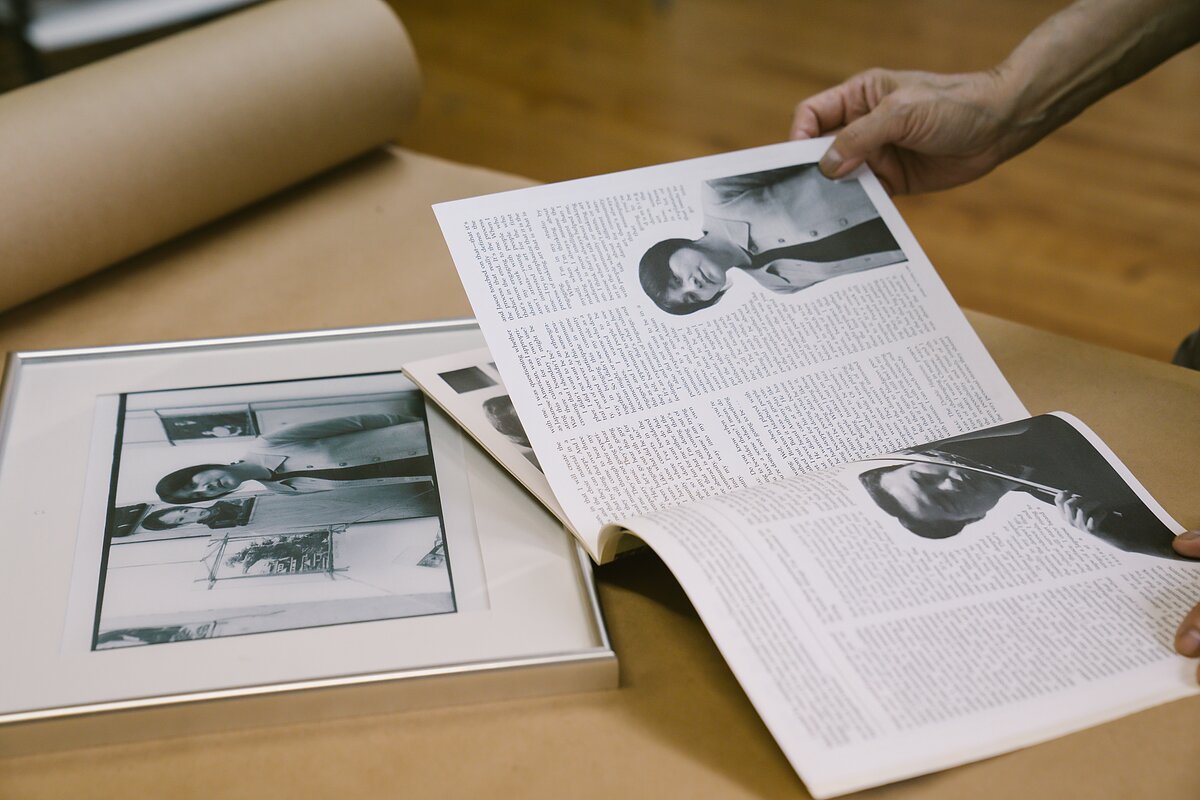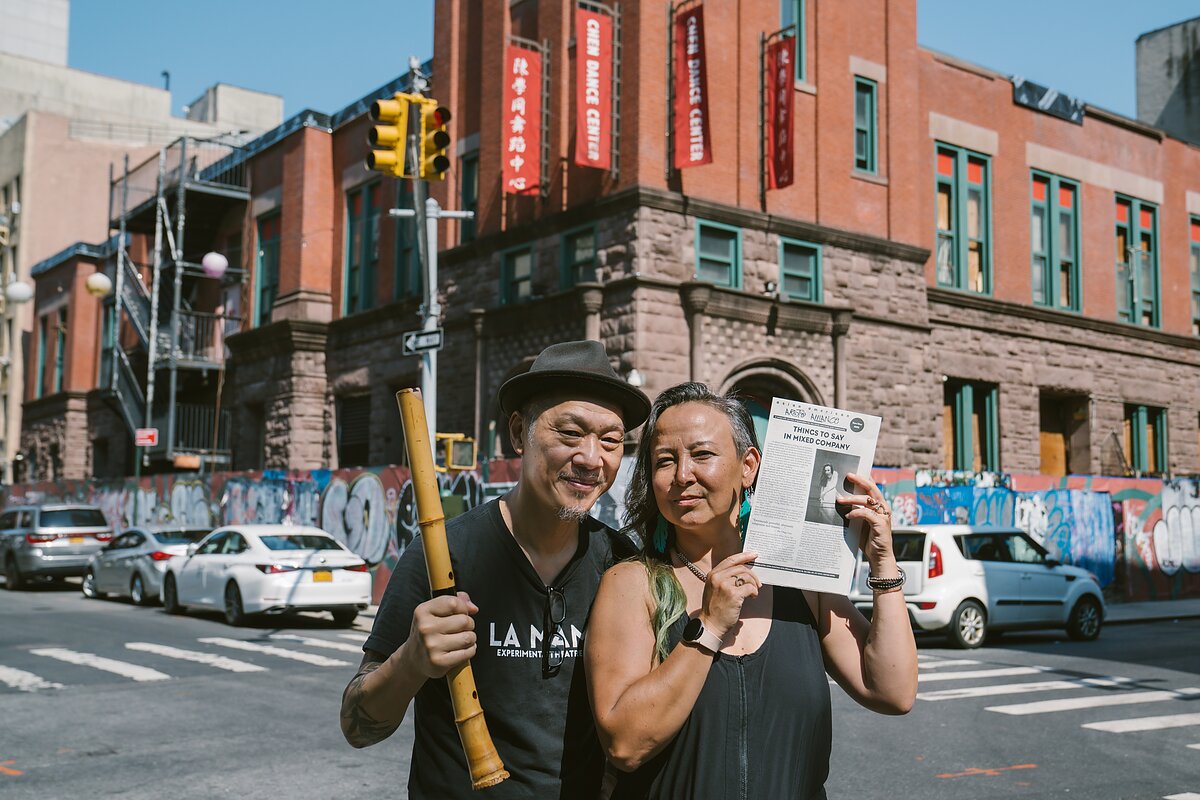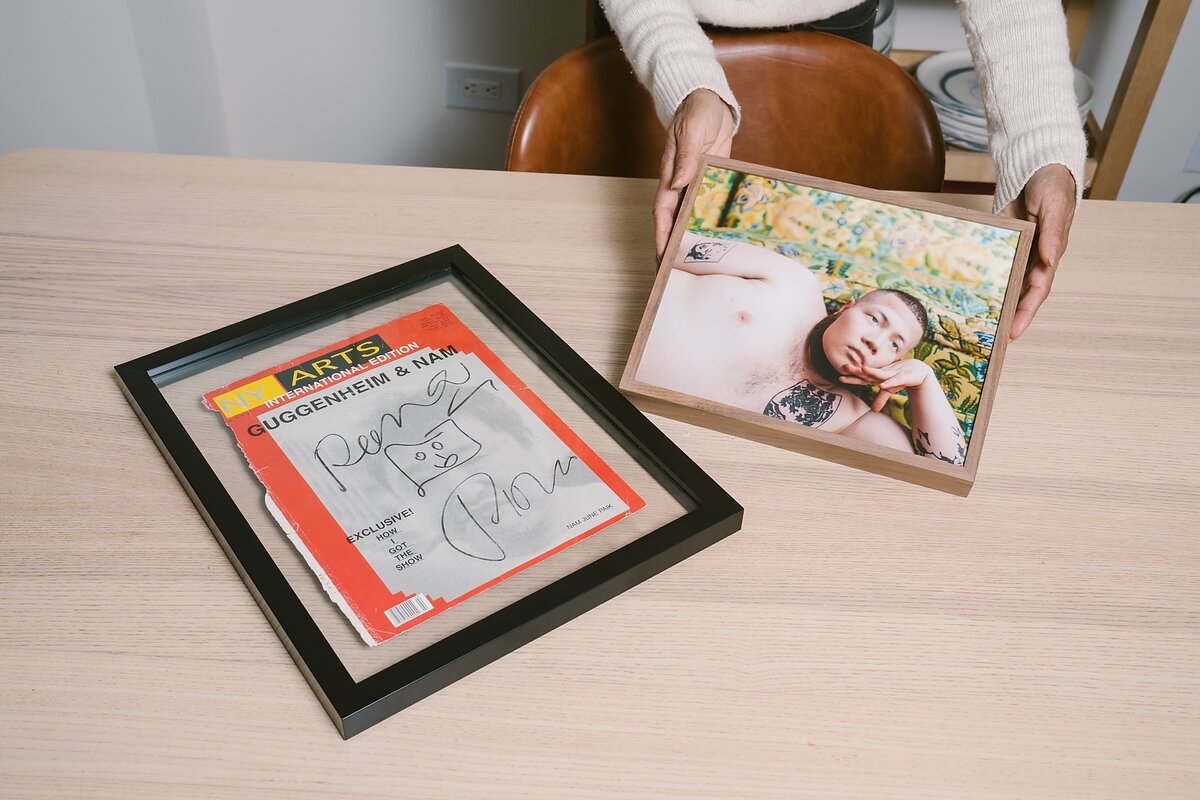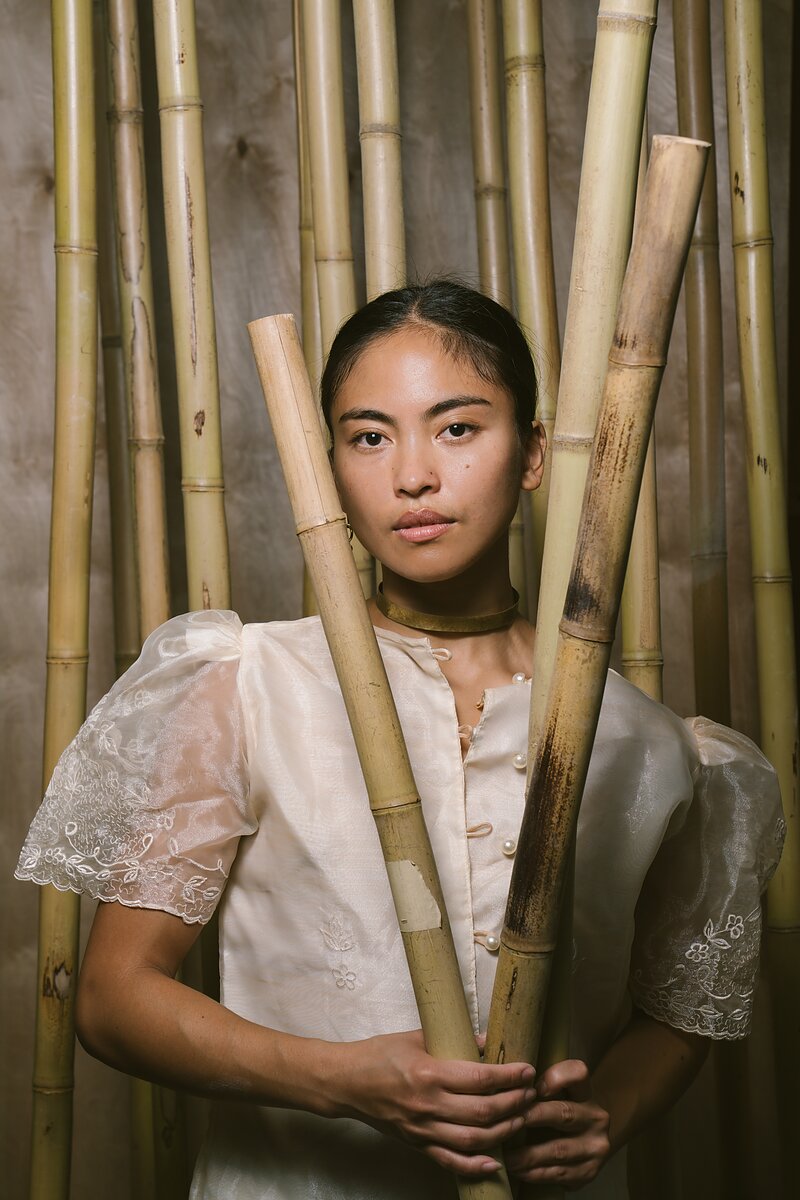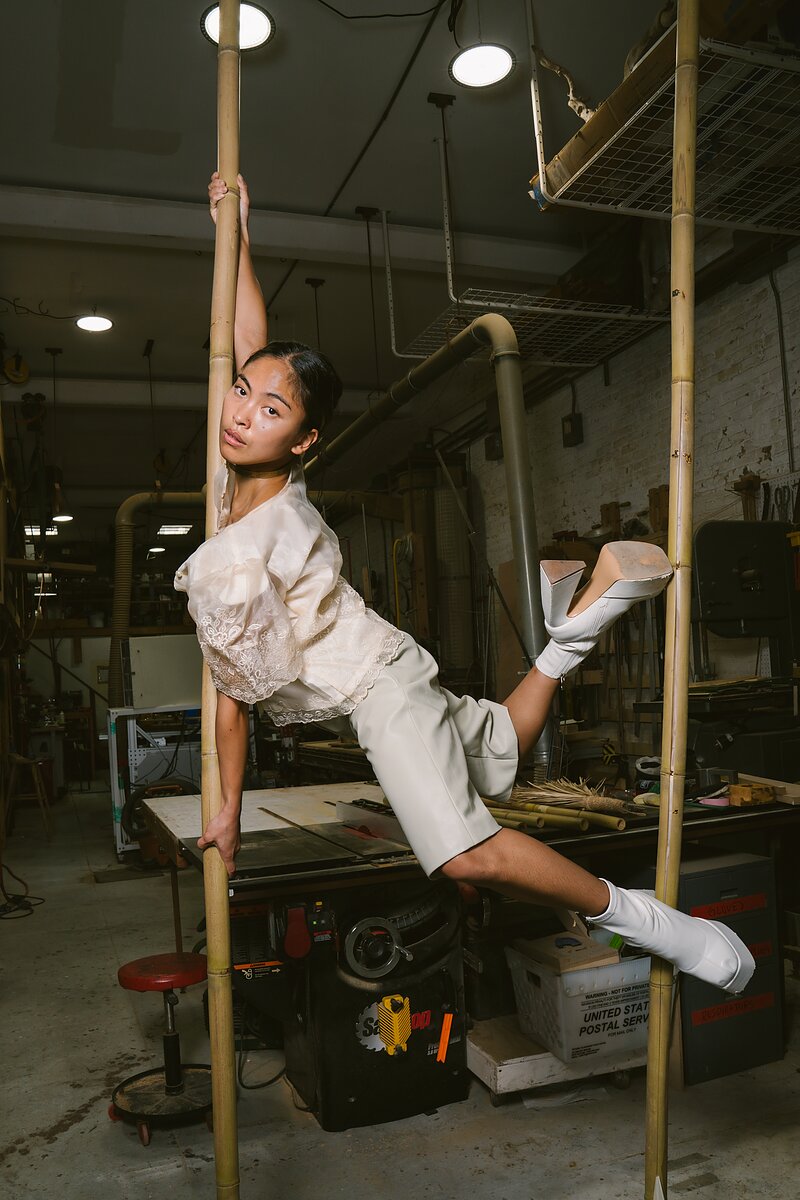Photo Essay: 40 Years of Asian American Arts Alliance
Barbara Ho
Tell us about your connection with A4.
Barbara Ho: I worked for the New York State Council on the Arts/Special Arts Services Program for 36 years. When I started in 1976, I was one of few Asian arts grants administrators working in the field. During the early days of my tenure, I realized that there were no arts service and advocacy organizations for the Asian American arts community. At the time, there was the Black Theatre Alliance and the Association of Hispanic Arts (both no longer exist). Both were extremely active and strong advocacy/service organizations that inspired me to approach my colleagues about the need for similar services for the Asian American arts constituents. With their support, I convened a core group of Chinese American artists/arts organizations to have a dialogue about the needs in the community and take steps towards creating an entity to articulate some goals.
With much thought and collaboration, the Asian American Arts Alliance was formed. Thanks to the commitment of its founders, A4 had a stable beginning. The Special Arts Services Program staff and I have shepherded A4’s applications through decades of NYSCA’s funding process. I have also watched A4 go through a lot of growing pains. Over the years, A4’s staff and board have worked hard with a few NYSCA Special Arts Services Program technical assistance consultants to address organizational and board development. As A4 celebrates its 40th anniversary, it is so heartwarming to know that the organization continues to thrive as an important player in the arts community.
What object are you sharing with us?
Barbara Ho: The artwork is an award from A4. It has always carried a special meaning for me. It serves as a constant reminder of how A4 has had a long history of offering unique programs. I have a great deal of respect for the people past and present who have made big and small contributions to enable the organization to survive. I am grateful for their vision and dedication.
Robert Lee and Eleanor Yung
Tell us about your connection with A4.
Robert Lee: In 1983, Helen Cash and Barbara Ho of the New York State Council on the Arts Special Arts Service division gathered at AAAC with representatives of five nonprofit arts organizations to propose the need for an Asian American arts service organization. These nonprofit arts organizations were chosen at the behest of Helen Cash and Barbara Ho. Those present included Tisa Chang of Pan Asian Repertory Theatre, Jack Tchen of the New York Chinatown History Project (forerunner of the Museum of Chinese in America/MOCA), H.T. Chen of H.T. Chen & Dancers, Peter Chow of Asian CineVision, as well as myself and Eleanor.
What object are you sharing with us?
Robert Lee: I was one of those who helped found and shape the Alliance for its first six years, mounting for example, the “Roots to Reality” events in ‘85 and ‘86. It was around those early years that Eleanor’s dance, “Passage,” was created and its costume was designed by Kwok Yee Tai. There are no color images of the dance extant and this color mockup had been missing for decades. It was fortunately re-discovered the day before we met to take this picture!
Rocky Chin
Tell us about your connection with A4.
Rocky Chin: Although founded in 1983, A4’s roots go back into the Asian American Movement of the late 1960s and early 1970s when many Asian American activists began to volunteer in Chinatown and other Asian American ethnic communities. I was among this first wave of activists who volunteered in the ‘70s. I recruited many of the first wave of artists and activists to the Basement Workshop. My own projects over these past 40 years include the Asian American Resource Center (which evolved into the Chinatown History Project and later, MOCA), Yellow Pearl (I wrote the grant with Fay Chiang, NYSCA’s first grant awarded to an AAPI group!), Bridge Magazine, East Wind Magazine, Thousand Cranes, Coalition of Asian Pacific Americans Annual Heritage Festival at Damrosch Park/Lincoln Center/Lincoln Center Asian Pacific American Heritage Festival, and A4.
From these experiences, I recognized the importance of artists, writers, and activists working together to strengthen the movement for community change, progress, and empowerment. So it was exciting to be included in the efforts to launch A4. I have enjoyed serving as a Board Member, President, and volunteer for 40 years. Congratulations A4!
What object are you sharing with us
Rocky Chin: I brought a copy of Amerasia Journal, March 1971 Vol.1., No. 1. My article, “New York Chinatown Today: Community in Crisis,” is the first in this issue. To me its significance lies in the fact as students, we succeeded in getting it published. It demonstrated to us that we could make change and be change agents. Amerasia Journal’s black and white abstract cover design was also bold. It made a statement about the importance of art and creativity.
Billie Tsien had been the designer of that first issue of Amerasia, and had gone on to become an architect w/ her husband. She designed the tiny but functional first home for the Museum of Chinese in America at 70 Mulberry Street. The Asian American Arts Alliance selected her as one of its honorees around that time, and asked all honorees to choose their own presenters. Billie chose as her presenter, her favorite author, Gish Jen. Gish Jen accepted the invitation to be the presenter. That evening, before presenting the A4 award to Billie Tsien, she expressed her appreciation of Billie’s own artistic contributions. She then read from her latest works. It was a lovely tribute from one Asian American artist to another.
Lillian Cho and Amy Chin
Tell us about your connection with A4.
Lillian Cho: I actually got involved initially as a volunteer and then briefly as a part-time staffer before I came on as executive director in ‘96. At that time, A4 had started its regranting and technical assistance program (think it was called TARI) which was launched with significant investment from Joyce Mertz Gilmore Foundation, and people like Bob Crane and Penny Fujiko Wilgerodt who really were pivotal to supporting the Alliance’s (this is what we used to call ourselves back then before we became A4) efforts to get funds out to AAPI artists and help them build and grow their organizations.
We started to build that fund, adding corporate dollars and even private family foundation grants (Paul Huang supported this initiative through CJ Huang Foundation) to expand that pool. I think we probably regranted over a million dollars (and possibly another half million in technical assistance) to directly support emerging organizations and later directly to individual artists alongside our sister organizations Association of Hispanic Arts and Harlem Arts Alliance.
We also created a Culture Pass to cross-promote A4 artists’s shows, convened organizational leaders at Ford, hosted a series of public panels/workshops featuring Asian American artists/org leaders, produced Dialogue magazine, honored artists at Gala events to build awareness and patrons for Asian artists, produced the SoundFest music festival in Chinatown’s Columbus Park, partnered with CAPA to co-produce the AAPI Heritage Festival, and later started the Town Halls which I believe are still going strong. I continually bump into people I know and love dearly from my A4 days at community events, and there are a handful who are my closest friends! In fact, members of one of the original staff teams (Marli Higa, Christie Carrillo, Stephanie Han) just did a weekend reunion trip together in LA! Good times.
Amy Chin: I believe I was involved with A4 before it was A4. New York had a very small community of Asian Americans in the arts in the late ‘80s and we were always working on getting more opportunities, funding, and attention for AAPI artists. We all worked together to organize the annual Asian American Heritage Festival and promote each other’s events. We did what we could to share information and resources. At one point, several AAPI artists/organizations (including the late Fred Ho and Corky Lee) put together a festival/seminar “From Roots to Reality.” I think that was an impetus for starting A4 so that this kind of effort could be year round and there could be a dedicated organization to focus on that. At least, I think that’s how it started.
I was an early A4 board member and volunteer and, over the course of more than a dozen years, I had the privilege of working with some very dedicated and talented Executive Directors including the late Karen Chinn, Amy Chu, June Choi, and Lillian. We were often thick as thieves, constantly talking, conferring, plotting, thinking, being daring and bold and making sure that AAPI artists would be seen and would have a seat at the table–whether for funding, getting exhibited at museums, or booked at performance venues. We also tried to create the spaces where we could support each other and have important conversations about what it meant to be AAPI artists and defying racist portrayals/stereotypes.
I remember once working with Margo Machida to compile the first comprehensive directory of AAPI artists in New York. We collected contact information we found from posters, flyers, program books, rolodexes (remember those?), scraps of paper, etc. There hadn’t been one before and we knew that a key to organizing our community is to identify and find one another and make sure we could contact each other (this was in the days before the internet LOL.)
What object are you sharing with us?
Lillian Cho: Well, Amy called me to meet her at Think!Chinatown’s studio space on 1 Pike Street (where we both serve as board members) and I didn’t have time to find a special object, but Amy had an art piece by Yoko Inoue and a copy of Dialogue magazine. So that’s what we’re holding in our photo.
Amy mentioned that the A4 was the one to produce the only regular calendar of AAPI community events in NYC along with the directory of artists/organizations (that calendar eventually went online, and became searchable in those early internet days when organizations were just starting to build their first websites)! To build on all the information we were gathering/disseminating about Asian American artists, their work, their events, performances, exhibits, we started to produce a quarterly magazine called Dialogue which was edited by the amazingly talented Marli Higa.
It was a chance to dig into the stories of what AAPI artists in our community were thinking about and how they approached their work with interviews and essays, and actual artwork from poetry to drawings and photographs. This one which features Dinh Le’s work on the cover is a really great one, and I’m thinking it’s high time that I re-read all my old issues of Dialogue magazine, which have been sitting on my bookshelf since the ‘90s. I highly recommend it!
Amy Chin: In 2006, A4 was kind enough to honor me at their annual gala. The award they presented us honorees was a part of an art installation, “Transmigration of the SOLD” by artist Yoko Inoue that was originally exhibited at Brooklyn Museum in 2004. I love the idea that there are sister pieces in the possession of others. It symbolizes to me that we all hold a piece of the full work and that together we can complete the picture, complete the effort, and make the vision whole.
Tomie Arai
Tell us about your connection with A4.
Tomie Arai: I remember going to one of the very first meetings that was organized to discuss the formation of the Arts Alliance. Yong Soon Min invited me to the meeting; I think Rocky Chin and Bob Lee were there. The meetings were held in a rickety building on Lafayette Street owned by the War Resisters League and I think A4 might have been sharing an office with them because there were anti-war posters all over the walls. From the very beginning of A4’s existence, it felt like we were sharing space with organizers. I don’t remember why I didn’t keep up with the group, but I was a mother with two young children in those days. I do remember the excitement that was forming around the idea of creating a Pan-Asian organization that would advocate for Asian American art and culture. It’s hard to believe how much the Alliance has grown since it was just an idea dreamed up by a handful of people, but people fought hard for their dreams in those days.
What object are you sharing with us?
Tomie Arai: The object that I am holding is a portrait of me that was taken by Corky Lee. Corky was asked by the Alliance to photograph a panel discussion that took place at the Bronx Museum of the Arts on May 6, 1998. The discussion, which was titled, “The Community Impact on Asian American Art” was part of A4’s Artist Series, which featured interviews and dialogues between Asian American artists from different disciplines. I was invited to be in conversation with musician Jason Hwang, and Board Member Rober Ku, who was the moderator. The program was held in conjunction with my first solo exhibition at the Bronx Museum. Corky’s photos of the event appeared in the Fall issue of the Alliance newsletter, “Dialogue.” Many years later, at a one person show I organized for MOCA, Corky came to the opening and presented me with this photo. Corky had a remarkable memory but it must have taken him a while to dig this photo up almost three decades later. I was very touched. It was such a thoughtful gesture and a beautiful reminder of our friendship over the years.
Perry Yung and Maura Nguyen Donahue
Tell us about your connection with A4.
Perry Yung: I first became aware of A4 around 1992 or ‘93. Corky Lee told me to pick up an A4 calendar from the office on 6th Ave just above Canal St. Then when my theater group SLANT Performance Group made our first show, “Big Dicks Asian Men,” in 1995, A4 featured our show photo in the calendar. It was a moment of arrival.
Maura Nguyen Donahue: In 1992, I was living in Seattle, WA, having just graduated from college and starting a small Asian American collective called “Fertile Ground.” We hoped to do something like this organization back in NYC called the Asian American Arts Alliance. Honestly, I cannot remember how we knew about it as those were pre-AOL internet access days! After moving to NY, I saw Muna Tseng’s “The Pink” at La MaMa with this wild, long-haired, naked Asian guy who I then met a couple days later as part of an Asian American Fieldwork program collaboration between The Field and A4. That weirdo was Perry.
What object are you sharing with us?
Perry Yung: I am holding a shakuhachi flute because I started to make flutes around 1997. I heard the shakuhachi while performing in Ellen Stewart’s “Oedipus” at La MaMa. It was played by Yukio Tsuji and I decided I needed to play an Asian instrument as part of my stage persona. I used the shakuhachi in all of SLANT’s subsequent shows.
Maura Nguyen Donahue: I’m holding a copy of A4’s old newsletter with an article and a picture of me on the front. The photo was taken in the studio theater of Chen Dance Center (pictured in the background) where I showed my first work in NYC at their “Newsteps” series. I was a member of HT Chen’s troupe Chen and Dancers and, after “Newsteps,” had received a Van Lier Fellowship through them to make a group work that premiered at Dance Theater Workshop (now New York Live Arts). It launched my company and the article details an upcoming tour. I wanted to honor my first artistic home here, to recognize the incredible support that HT and Dian Dong provided for a young upstart, and to celebrate A4’s early promotion of my work.
For the last three decades, A4 has been a vital part of an integrated arts ecosystem whether I’m immersed or observing, it’s helped legitimize work that often felt at the margins. I’m so honored to be included in this moment of retrospection and hope to continue paying it forward for the generations to come.
Andrea Louie
Tell us about your connection with A4.
Andrea Louie: I first signed up as a member when I moved to New York from Ohio in 1993; I was an avid reader of the regular newsletter, which was mailed. It was the only way to get news and information about Asian American artists and opportunities.
What object are you sharing with us?
Andrea Louie: My object is my A4 membership form from 1993! It’s amazing that this document is still around, 30 years later—it’s a reminder of how I was looking for a connection with the Asian American cultural community. I’m really fortunate to still feel like part of the A4 family after all this time.
Reena Jana
Tell us about your connection with A4.
Reena Jana: Athena Robles, a longtime president of A4, kindly invited me to the gala in 2019. I’d known Athena from her work at Creative Capital, for whom I’d done some writing projects and attended retreats years ago, and of course her work as an artist. I had a wonderful time meeting so many members of the A4 community, and we discussed how I could get involved as a member of the board of directors. I was looking for a way to get back into the arts as a supporter, but with a specific focus on the AAPI community. I was honored to join the Board, and even more honored and humbled to be voted in as A4’s president and to continue to learn from and collaborate with Athena and the entire A4 board, executive director, advisors, and staff in support of AAPI artists and arts organizations.
What object are you sharing with us?
Reena Jana: I had to pick two objects to share, which symbolize what A4 signifies to me. I chose a photograph by Tommy Kha, an artist who has presented at an A4 event, “Take (XIII), Park Slope,” in 2017, along with a magazine cover signed by the late, legendary media artist Nam June Paik. The reason I chose these two, which hang near each other in my city apartment with the faces in the images facing each other, is because together, they symbolize A4’s culture of nurturing others in the AAPI community. I met Nam June Paik a long time ago, although very late in his life, in what must have been his home/studio and early in my career as a tech journalist. At the end of our conversation, he wrote my name on a magazine he had lying around with his face on it and signed it, and wished me well. It was a gesture of supporting the future. I feel the same way about my time with A4 spent supporting artists like Tommy as they embark on growing their careers.
Marie Lloyd Paspe
Tell us about your connection with A4.
Marie Lloyd Paspe: I was awarded the Jadin Wong Fellowship in 2022 where A4 provided life-changing support in multitudes towards my choreography, artistic practice, and performance. They were the supportive embrace that guided me into the path of pursuing my own voice as an Asian American female choreographer. During the fellowship, they supported me with resources to develop my performance installation co-created with Almasphere, titled “bumalik.”
What object are you sharing with us?
Marie Lloyd Paspe: Pictured with me is a part of the living bamboo sculpture Sabrina Herbosa Reyes and Antonio Giovanni Rivera of Almasphere designed and constructed for our performance installation “bumalik.” The bamboo represents the strength and beauty that grows in the soil of adversity. I climb this sculpture in our work, representing the kapwa (Tagalog for “I and the Other are One”) of a migrant in her search for home.
